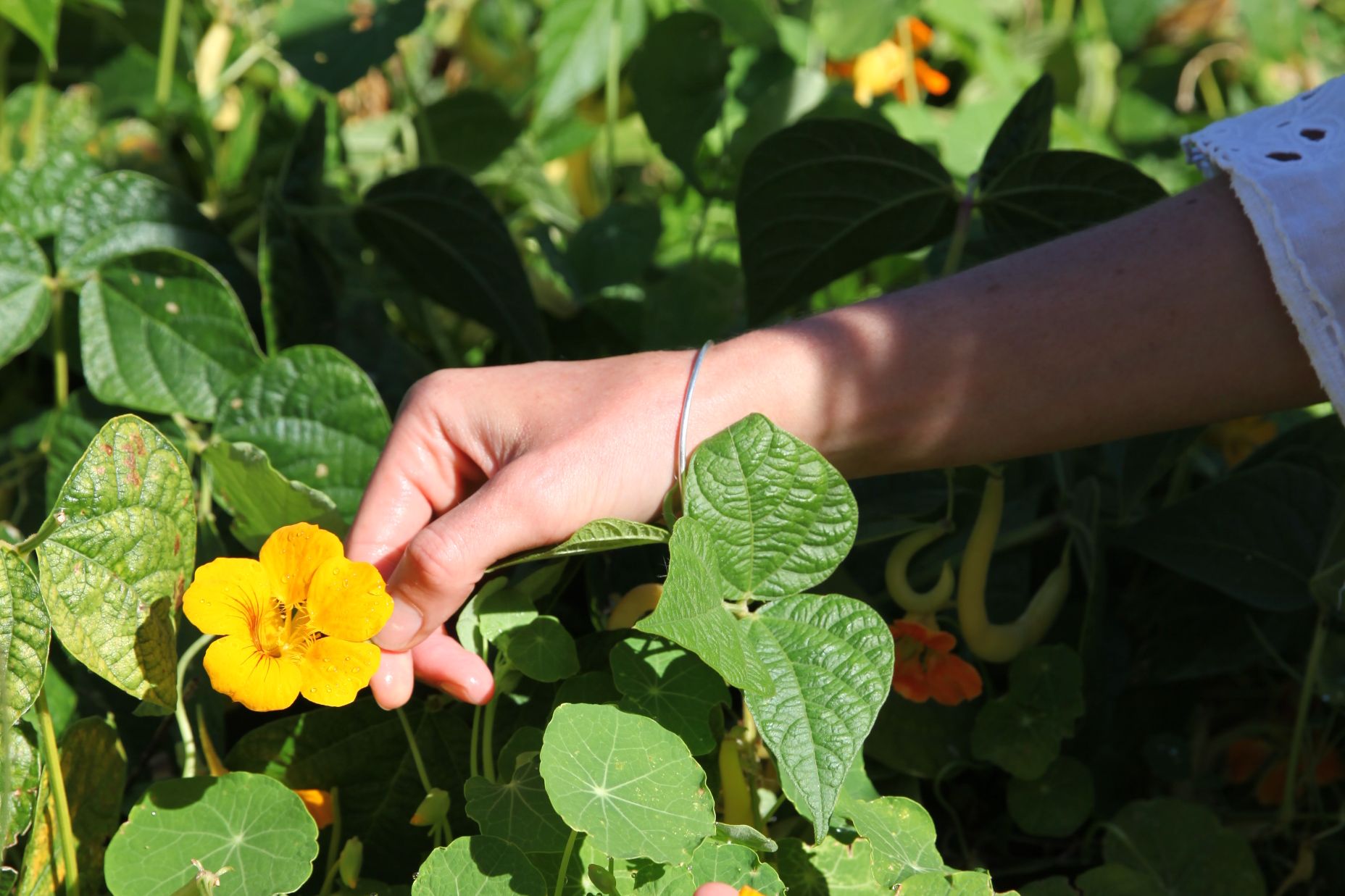
COOKING
|
TIPS & TRICKS
A Guide to Edible Flowers
By Annabel Langbein
Save Article
Edible Flowers
A fantastic way to brighten your plate.
So much of what my family eats comes from my garden and lately I’ve been going further afield than my vege patch when sourcing food for the kitchen by looking to the flowers in my garden too. I love that edible flowers are back in fashion as they can really bring a ray of sunshine and a touch of whimsy to a plate. It’s so important to be super fussy about identifying edible flowers carefully though, as not all flowers are suitable for culinary purposes — see below for lists of edible and non-edible flowers.
When sourcing edible flowers make sure you’re buying flowers that are specifically labelled as edible — and preferably organic. You’ll often find mixed packets of edible flowers at specialty food stores. Avoid flowers from florists or garden centres as these might have been treated with sprays that aren’t safe for food crops. Flowers from the side of the road might have been sprayed too, so don’t use these either as you can’t be sure of their suitability. Growing your own is a good way to be totally confident about your edible flower source. Avoid using chemical fertilisers or pest control sprays and to avoid any chemical drift plant them away from other plants that might require these products.
Pick flowers at their peak for maximum flavour and colour, and don’t harvest flowers that aren’t fully open or that are past their prime. Remove all stamens and pistils before using so that those with a pollen allergy won’t have a reaction and remove the white tip on rose, dianthus, marigold and chrysanthemum petals as these taste bitter. Keep them cool until you use them.
To learn how to coat them in sugar for a special occasion see my Candied Petals tutorial. Flowers are a great way to add colour, flavour and texture to dishes but are best used as a garnish – even edible varieties might cause stomach upset if eaten in large quantities.
If you think someone has eaten a flower that they shouldn’t have, call the National Poisons Centre immediately on 0800 764 766 for advice. This is a 24-hour freephone service.

Edible Flowers
pansy/viola, elderflower, lilac , nasturtium, dandelion, sunflower, lavender, chamomile, calendula, rose, echinacea, violet carnation, chrysanthemum, scented geranium, borage, daisy, cornflower, honeysuckle, clover, valerian, mānuka, citrus, hibiscus, jasmine, pea flowers, zucchini flowers
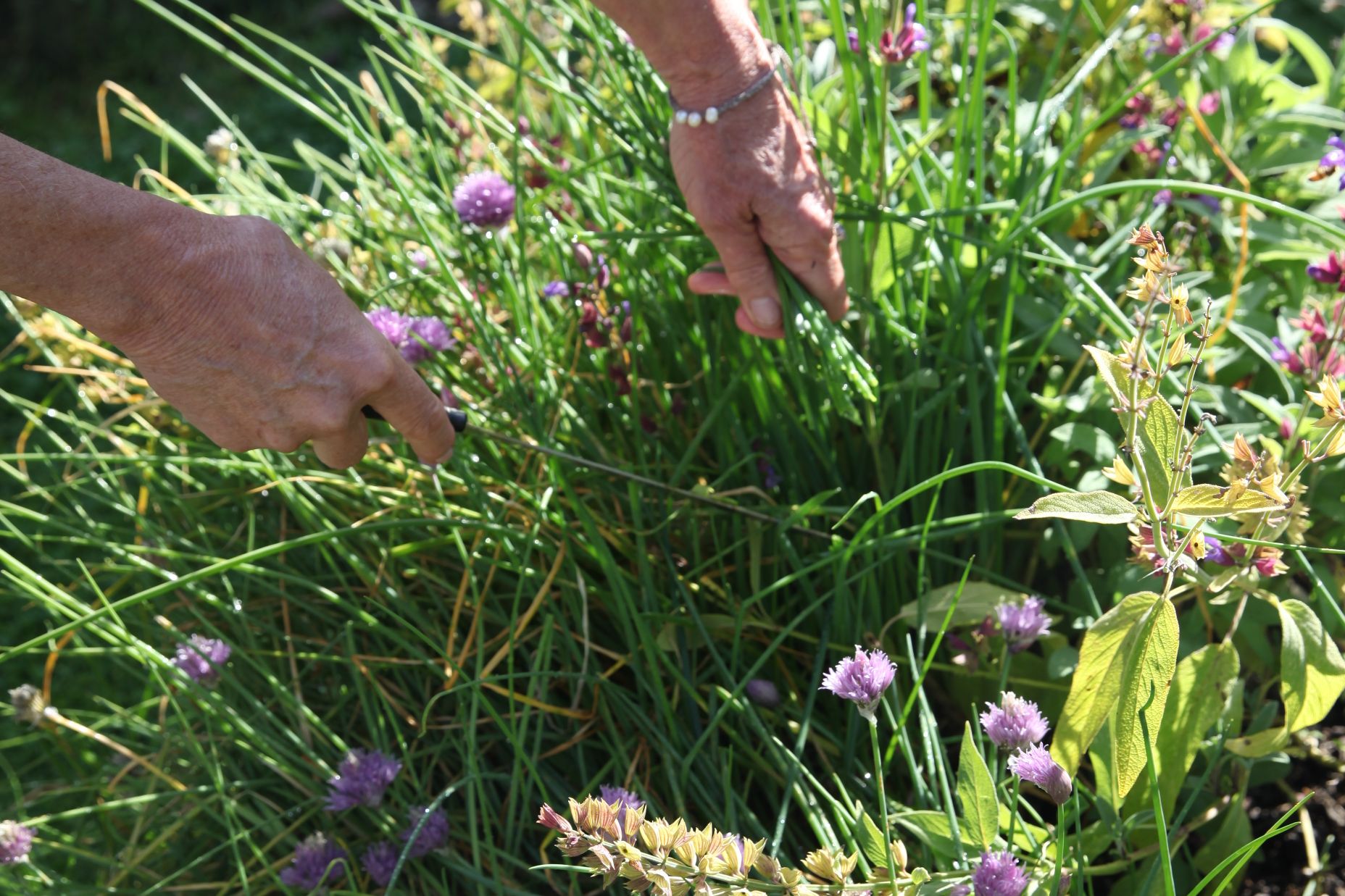
Herbs with Edible Flowers
chives, fennel, basil, dill, mint, oregano, parsley, sage, rosemary, thyme, marjoram
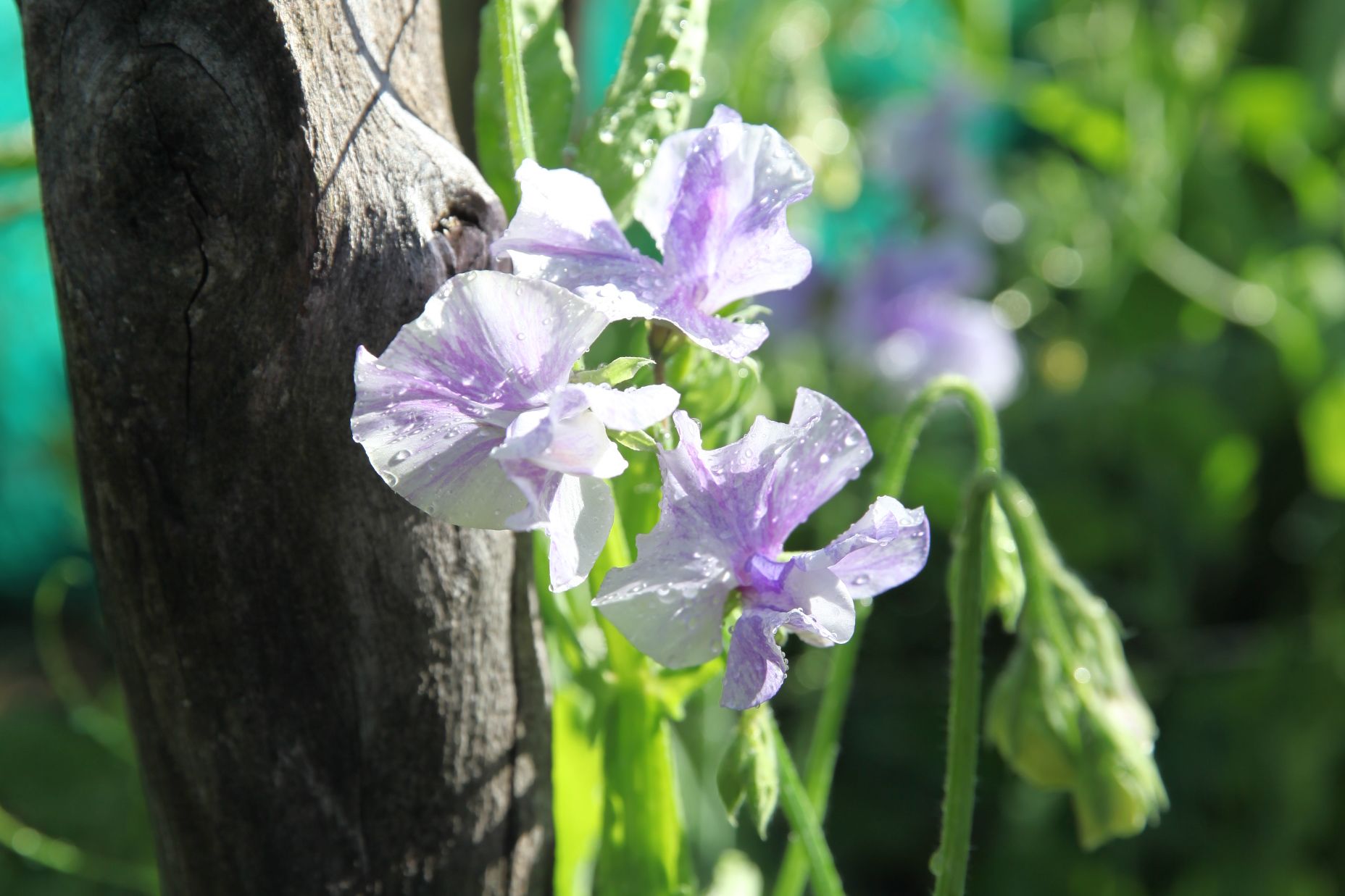
Non-Edible Flowers
wisteria, clematis, rhododendron, potato flowers, azalea, delphinium, morning glory, calla lily, nightshade, hyacinth, christmas rose, mistletoe, lily of the valley, sweet pea, jonquil ivy, hydrangea, iris, foxglove, daffodil, buttercup
You may also like
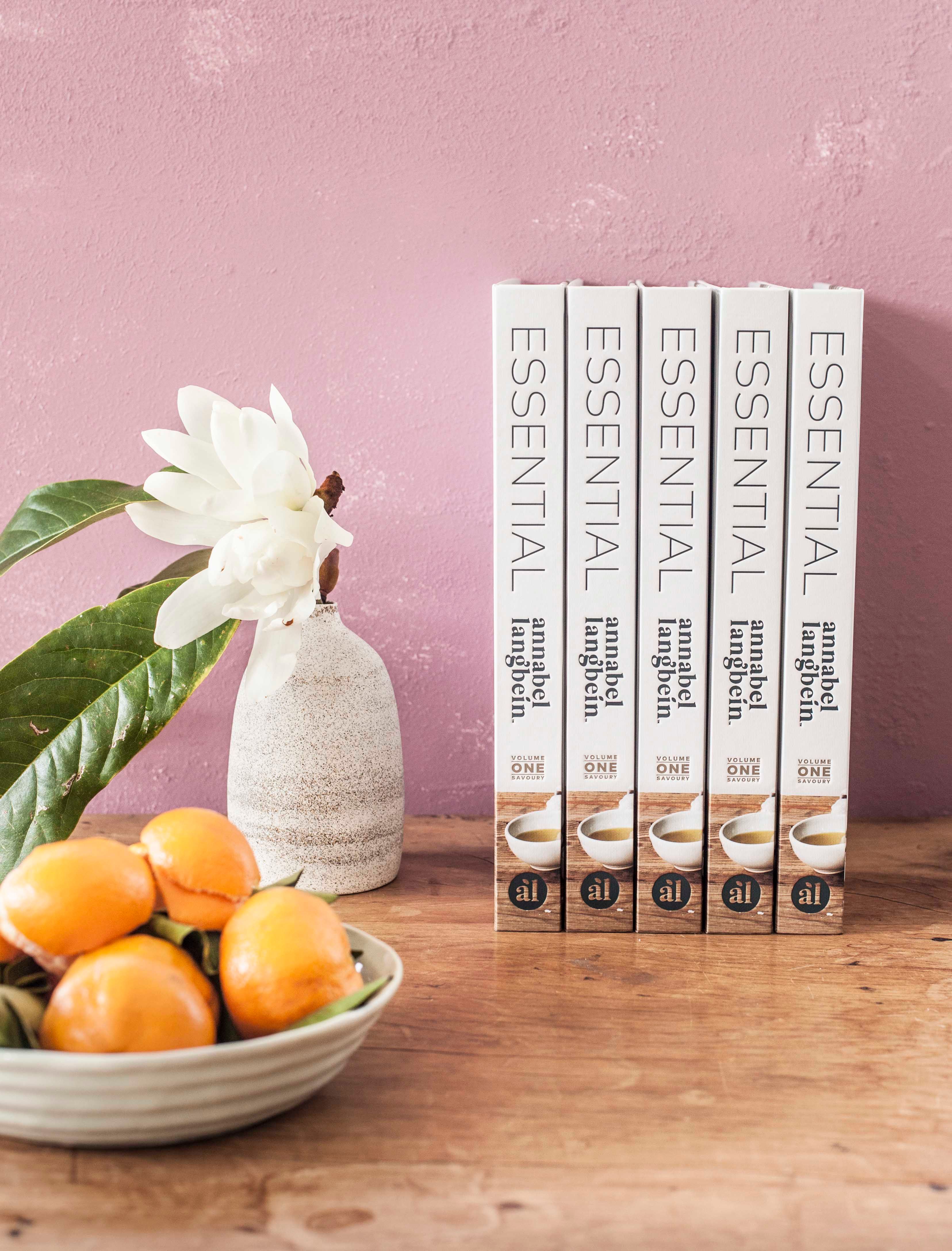
You might like ‘Essential: Best-Ever Meals for Busy Lives’
In this beautiful compendium, New Zealand's Queen of the kitchen gathers more than 650 of her best-ever savoury recipes, including hundreds of clever cooking tips, variations and springboard recipes that demonstrate key techniques. The essential kitchen handbook for today’s busy lives.
Salads & Sides
Crisp, crunchy, hearty, and deeply satisfying — we’ve got something for everyone.

BBQ
Make the most of the warmer weather and get outside with friends and whānau.
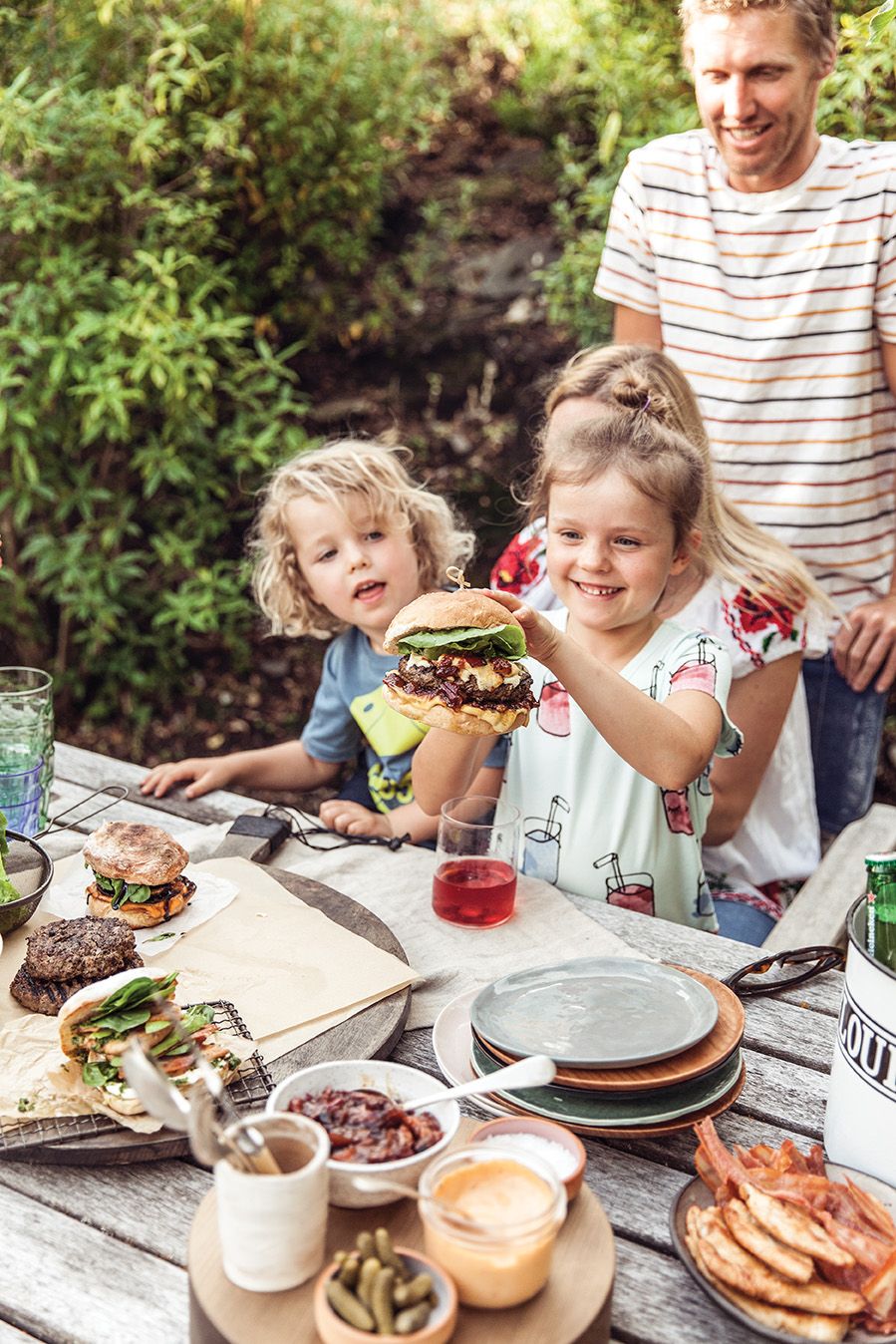
Dessert
Fabulous cakes, sweet treats, and decadent desserts that will impress your guests and satisfy your sweet tooth.

Kids
Simple and nutritious meals that you'll feel good about feeding your family.


